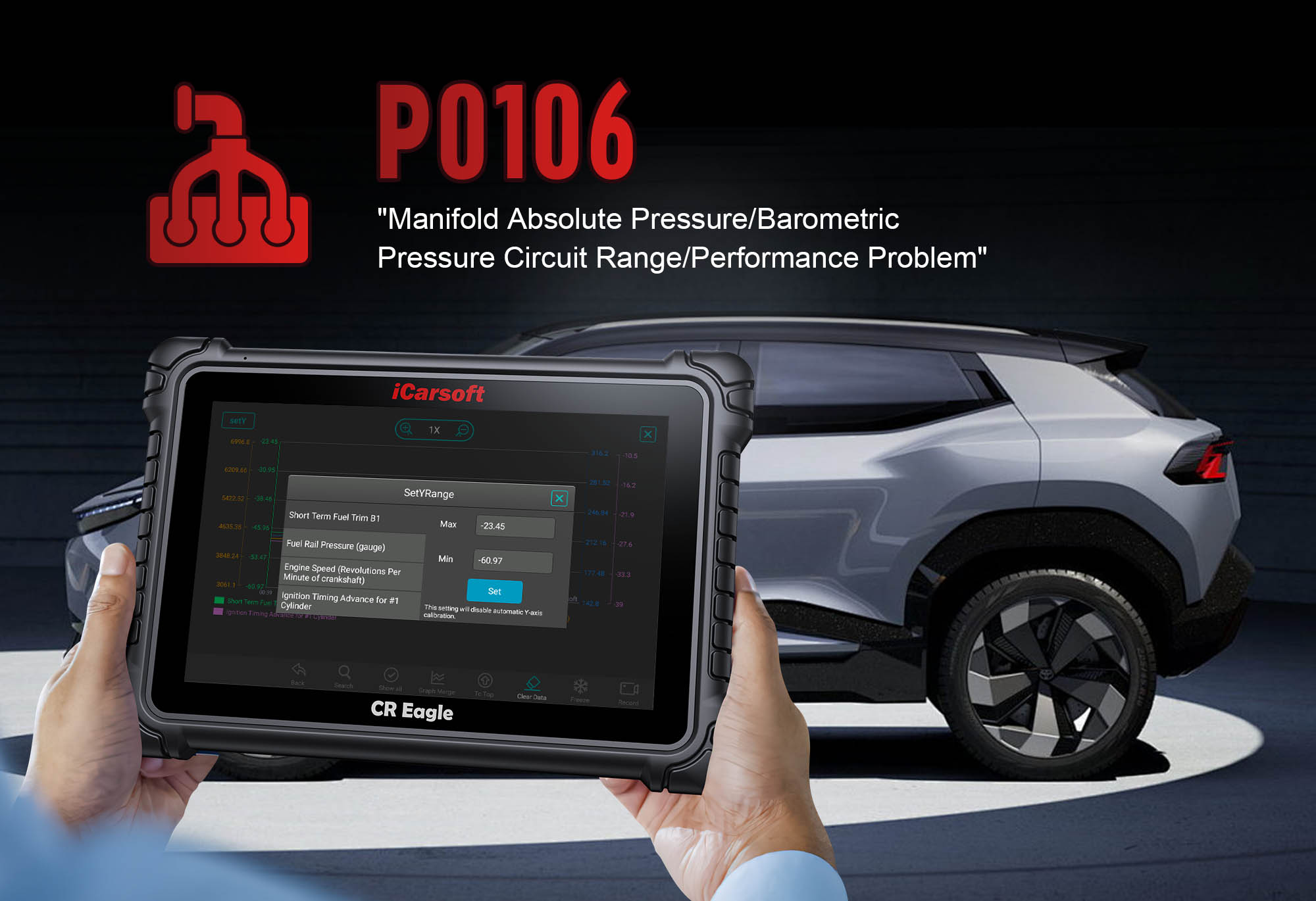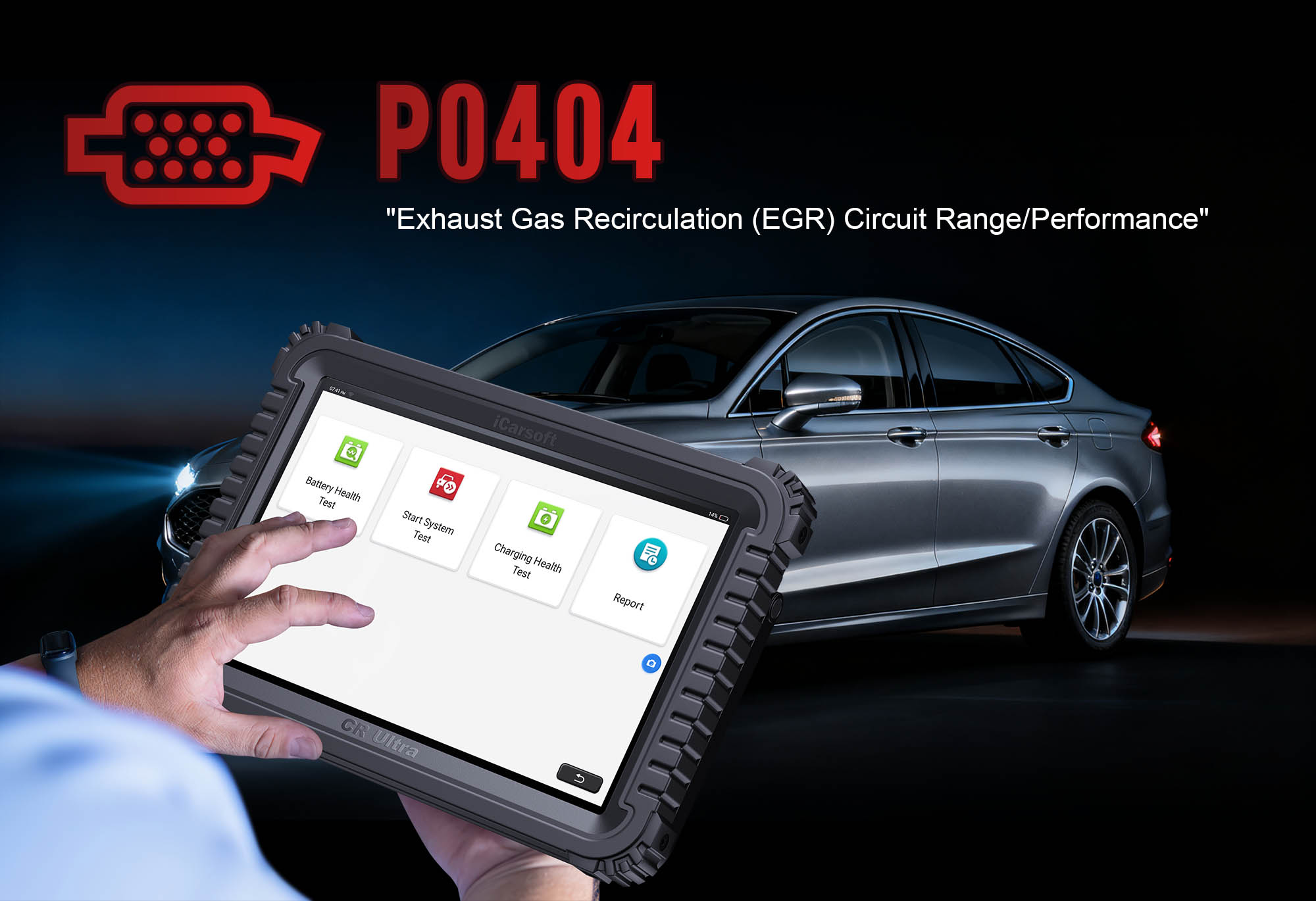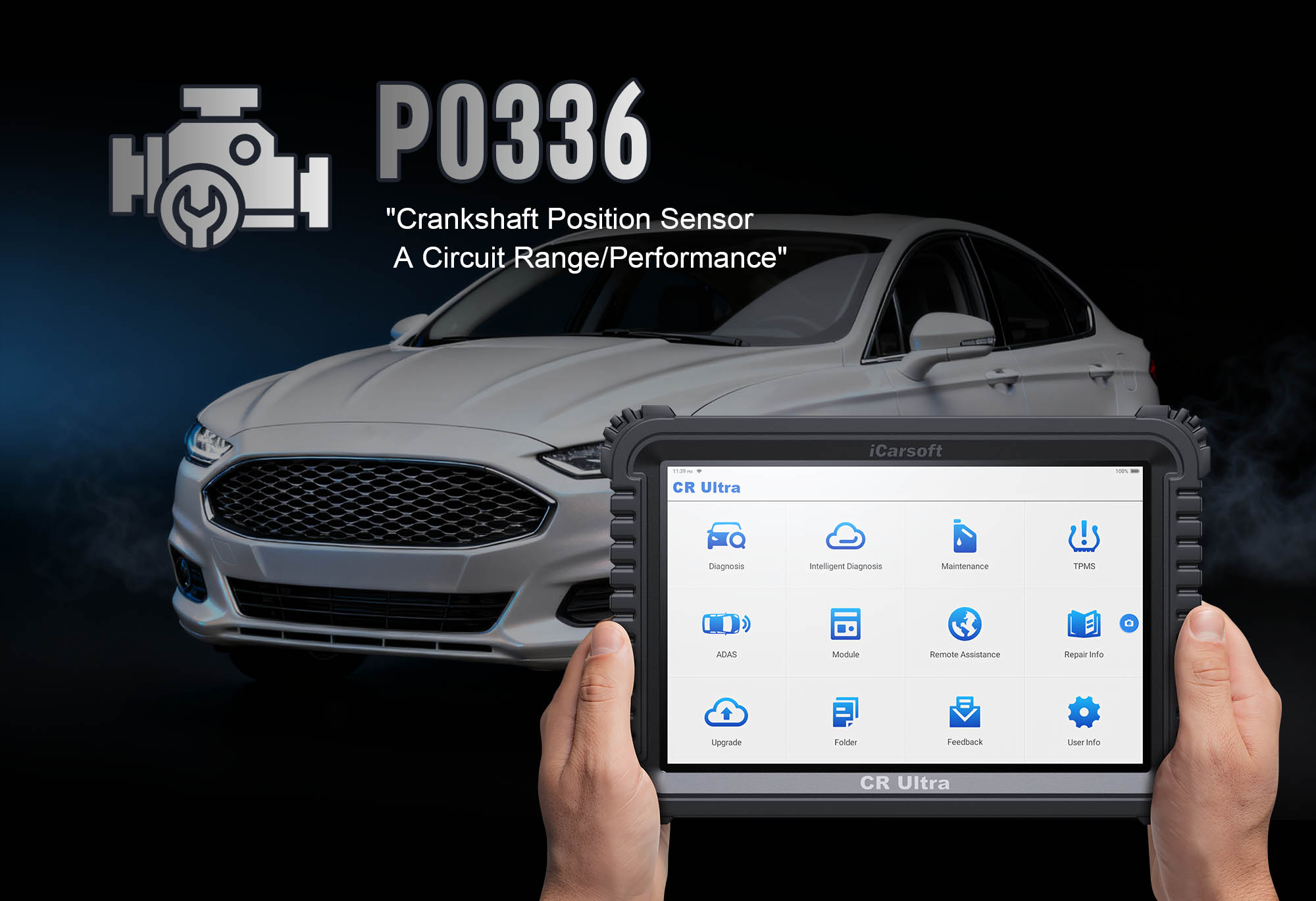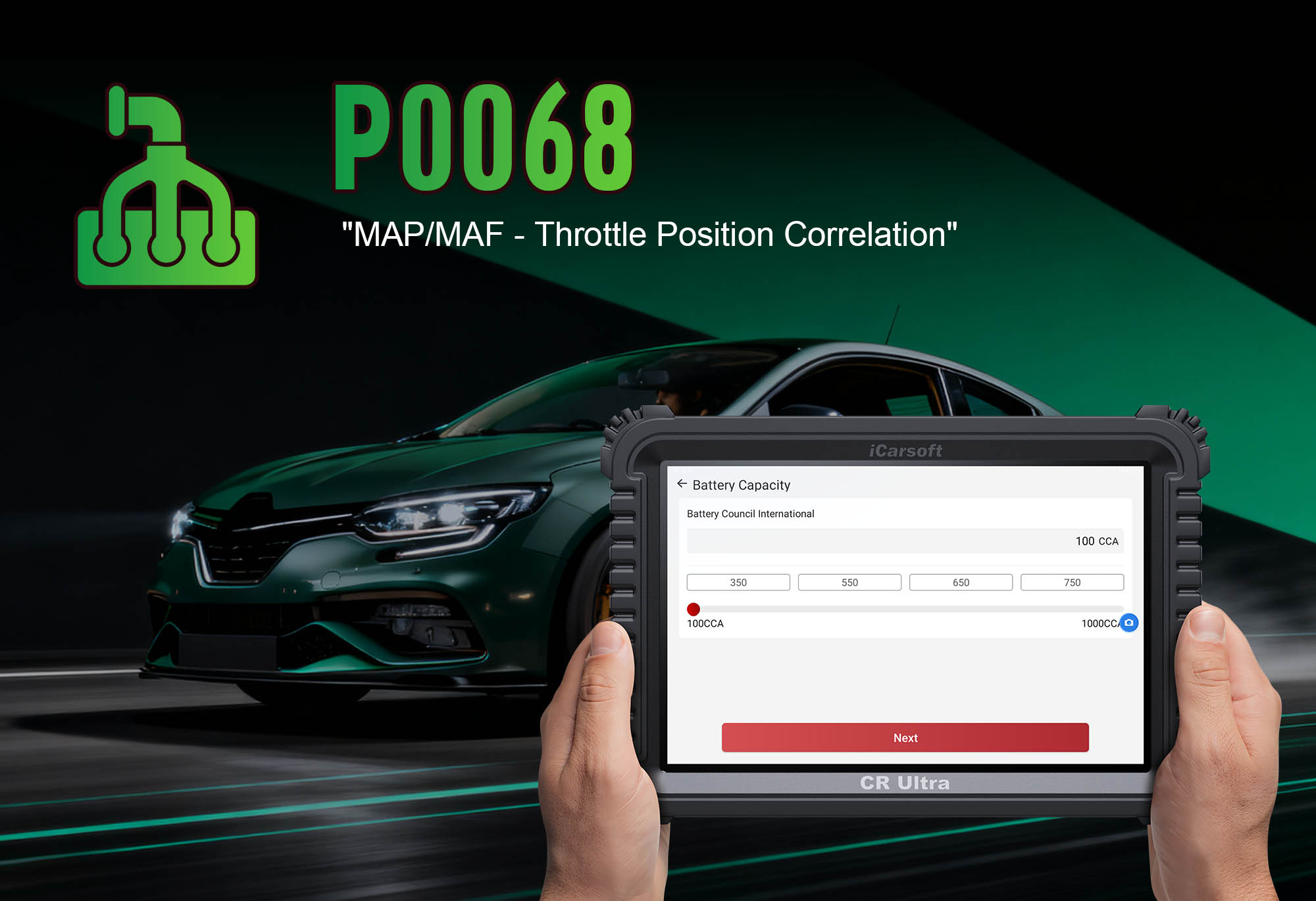Understanding and Addressing OBD-II Code P0106: MAP/BARO Sensor Issues
Understanding and Addressing OBD-II Code P0106: Manifold Absolute Pressure/Barometric Pressure Sensor Range/Performance
If your vehicle's Check Engine Light has illuminated and your OBD-II scanner displays the code P0106, it indicates a performance issue with the Manifold Absolute Pressure (MAP) or Barometric Pressure (BARO) sensor circuit. This code suggests that the Powertrain Control Module (PCM) has detected a voltage signal from the MAP/BARO sensor that is outside the expected range, potentially leading to engine performance problems.
What Is the P0106 Code?
The P0106 Diagnostic Trouble Code (DTC) stands for "Manifold Absolute Pressure/Barometric Pressure Sensor Range/Performance Problem." This code is triggered when the PCM receives a MAP/BARO sensor signal that deviates from the expected voltage range, which is typically between 1 and 4.5 volts, depending on engine load. A faulty sensor, damaged wiring, or vacuum leaks can cause such discrepancies.
Common Causes of the P0106 Code
|
Cause
|
Description
|
|
Faulty MAP/BARO Sensor
|
The sensor may be malfunctioning due to internal damage, providing inaccurate pressure readings to the PCM.
|
|
Electrical Issues
|
Damaged wiring, loose connectors, or corrosion in the sensor circuit disrupts signal transmission, causing voltage irregularities.
|
|
Vacuum Leaks
|
Leaks in the intake manifold, vacuum hoses, or sensor port allow unregulated air into the system, leading to false pressure readings.
|
|
PCM Software Glitches
|
Rarely, the PCM may misinterpret sensor data due to outdated software or calibration errors, triggering the code incorrectly.
|
Symptoms Associated with P0106
-
Illuminated Check Engine Light: The most direct indication of a sensor-related issue, as the PCM detects abnormal voltage signals.
-
Poor Engine Performance: Symptoms like hesitation during acceleration, stalling at idle, or rough idling due to incorrect fuel-air mixture.
-
Reduced Fuel Efficiency: Incorrect sensor readings cause the PCM to miscalculate fuel delivery, leading to higher fuel consumption.
-
Increased Emissions: Faulty data disrupts emission control systems (e.g., EGR, catalytic converter), resulting in higher hydrocarbon and CO emissions.
Diagnosing the P0106 Code
-
Visual Inspection
Check the MAP/BARO sensor (typically mounted on the intake manifold or firewall) and its wiring harness for visible damage: cracked sensor housing, frayed wires, loose connectors, or corrosion. Inspect vacuum hoses connected to the sensor for cracks, disconnections, or kinks.
-
Retrieve Codes and Freeze-Frame Data
Connect an OBD-II scanner (like the iCarsoft CR Eagle) to retrieve P0106 and any related codes (e.g., P0107 for low voltage, P0108 for high voltage). Review freeze-frame data to note engine conditions (RPM, load, temperature) when the code was triggered.
-
Test Sensor Voltage
With the scanner, monitor live MAP sensor voltage (should range 1–4.5V). At idle, voltage typically reads 1–1.5V; at wide-open throttle, it rises to 4–4.5V. Abnormal readings (e.g., stuck at 0.5V or 5V) indicate a faulty sensor or circuit.
-
Check for Vacuum Leaks
Use a smoke machine or propane torch (unlit) to detect leaks: introduce smoke into the intake system or release small amounts of propane near suspected leak points—engine RPM will rise if a leak is present. Pay close attention to the sensor’s vacuum port and intake manifold gaskets.
-
Verify PCM Operation
Use a diagnostic tool to check for PCM software updates. If voltage readings are normal but the code persists, the PCM may need reprogramming. In rare cases, PCM hardware failure requires replacement (confirmed by a dealer or specialist).
Resolving the P0106 Code
-
Replace Faulty Sensor: If voltage tests confirm a malfunctioning MAP/BARO sensor, replace it with an OEM or high-quality aftermarket part. Ensure the new sensor matches your vehicle’s specifications (some models use combined MAP/BARO sensors).
-
Repair Wiring Issues: Fix damaged wires with heat-shrink connectors, clean corroded terminals with electrical contact cleaner, and secure loose connectors. Replace severely damaged harnesses to restore proper signal flow.
-
Fix Vacuum Leaks: Seal small hose leaks with vacuum tape; replace cracked hoses or damaged intake manifold gaskets. Tighten loose clamps and ensure the sensor’s vacuum port is clear of debris.
-
Reprogram or Replace PCM: If software is the issue, update the PCM with the latest manufacturer calibration using a diagnostic tool. For hardware failure, replace the PCM and reflash it with your vehicle’s VIN and settings.
Why Choose iCarsoft CR Eagle for P0106 Diagnostics?
The iCarsoft CR Eagle is uniquely equipped to simplify diagnosing P0106, offering features that go beyond basic scanners:
Live Voltage Monitoring
Streams real-time MAP/BARO sensor voltage, allowing you to observe fluctuations during idle, acceleration, and deceleration. Compare readings to manufacturer specs (stored in the tool) to quickly identify out-of-range values.
Vacuum System Diagnostics
Includes "Intake Pressure Tests" to measure manifold vacuum stability, helping pinpoint leaks that basic visual inspections miss. The tool provides target vacuum ranges for your specific vehicle.
Component Location Guides
Detailed diagrams show the exact position of the MAP/BARO sensor, wiring paths, and vacuum hoses for your vehicle (from Ford to Mercedes), eliminating guesswork during inspection.
PCM Software Checks
Verifies if your PCM has the latest calibration. If updates are available, the tool guides you through reprogramming (where supported), resolving software-related false triggers of P0106.
Final Thoughts
The P0106 code signals a critical issue with the MAP/BARO sensor circuit, which directly impacts engine performance, fuel efficiency, and emissions. By systematically diagnosing potential causes—from vacuum leaks to faulty sensors—you can address the root problem effectively.
A reliable diagnostic tool like the iCarsoft CR Eagle simplifies this process, with live data monitoring, component guides, and advanced testing features that ensure accurate diagnosis. Whether you’re a DIY enthusiast or professional technician, resolving P0106 promptly prevents further engine strain and restores optimal vehicle performance.
FAQs About P0106 Code
Q: Can I drive with P0106?
A: Short-term driving may be possible, but prolonged operation risks poor performance, stalling, or catalytic converter damage. Address the issue within a few hundred miles.
Q: How much does it cost to fix P0106?
A: $80–$200 for a MAP/BARO sensor replacement; $50–$150 for wiring/vacuum leak repairs. PCM reprogramming costs $100–$300 if needed.
Q: What’s the difference between MAP and BARO sensors?
A: MAP measures intake manifold pressure (engine load), while BARO measures atmospheric pressure (altitude). Many modern vehicles use a combined sensor that performs both functions.
Q: Will cleaning the MAP sensor fix P0106?
A: Only if contamination (oil, carbon) is causing inaccurate readings. Use specialized MAF/MAP cleaner—avoid touching the sensor element. If cleaning doesn’t work, replace the sensor.





